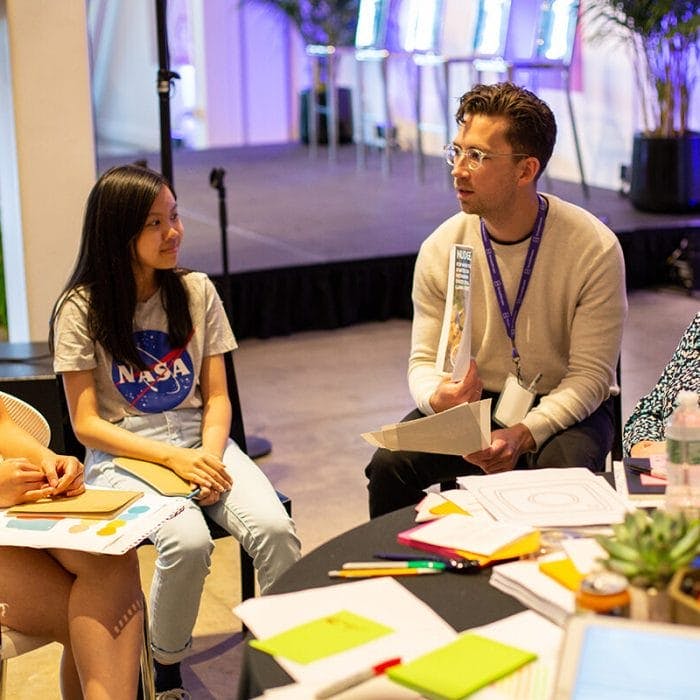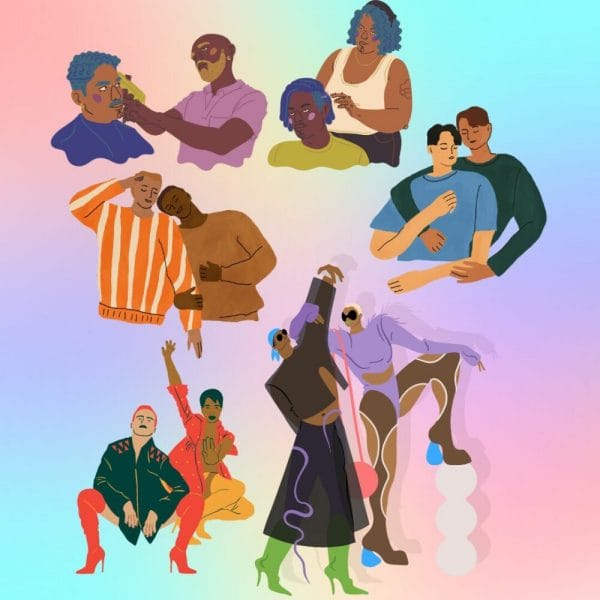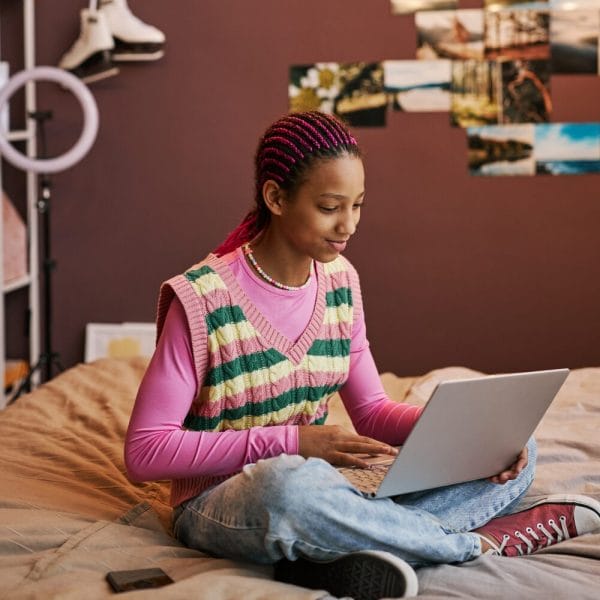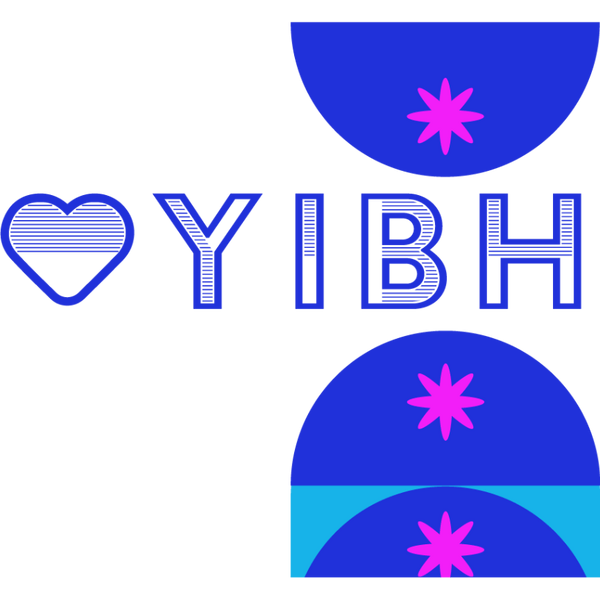Recently, while digging a bit deeper into my own connection to human-centered design and inclusivity, I came across a simple yet powerful mantra:
Nothing about us, without us.
This phrase, with origins in Central European politics, came into use within the English language through disability activism during the 90s. The idea is simple: never create something for a group of people, without that same group of people being involved in the creation.
It sounds simple, yet is often overlooked or replaced with ‘customer personas’ and unchecked assumptions about a specific community. This mantra (sometimes shortened to ‘nothing without us’) is a simple way for us designers, product managers, leaders, innovators, educators, lawmakers, and many others to practice more inclusive design.
This past week, I had the opportunity to join 40 folks, similar to those I listed above, in Boston for two days of brainstorming and prototyping as part of Headstream: Springboard. Over these two days, we were immersed with teens as we thought about ways to positively impact the mental health and wellbeing of them and their counterparts.
The outputs ranged from a music app plugin to help listeners transition moods, to a system for helping break the act of mindless scrolling—all of which had inputs and feedback from teens (and not just former teens like myself). The results, although not perfect, were significantly more interesting than if they had been brainstormed in a vacuum.
***
In the spirit of Headstream, here are three big lessons I learned from the two days and plan to bring back to my work at Hopelab, along with suggestions for you to try the same.
Default to Co-Designing
Human-centered design, or really any type of design, needs to involve more than one human. When we design not only for, but also with those we’re hoping to impact, we end with solutions that hit that sweet spot of desirability, feasibility, and often viability.
Try this:
If what you’re doing could impact /help/support more than yourself, invite someone from that community into your process. It could be as simple as treating someone to coffee (or a gift card) in exchange for their input.
Reframe your “when I was a kid” stories.
I was a teen in the 90s and early 2000s, without a cell phone or high-speed internet. My idea of an influencer was whatever friend happened to have the best basement for playing video games. While my experiences are all valid, they don’t reflect the ones most teens have today.
Try this:
When you reflect back on your own lived experience, flip your statement into a question: “When I was a teen we always played outside” becomes “How are teens experiencing the outdoors?” Let your own experience feed curiosity for the experiences of others.
Elevate yourself to their level
Erase from your mind the idea of dumbing down anything for teens. This is patronizing and often super transparent. Instead, use the gaps in experience and knowledge between yourself and teens to educate one another. By doing this, you may be pleasantly surprised by what you learn (and how sharp a lot of teenagers are).
Try this:
Rather than trying to relate to a teen through outdated memes, try to understand the ways in which they use memes to communicate.
Overall, what I’d love for you to take away is that we shouldn’t be designing for teens, without teens. While I ended the two days in Boston with some exciting ideas and new connections, I left most inspired by the young people I was able to meet. They are indeed our future, and it’s a future I’m even more optimistic of now.





